World’s Richest Woman Whose Wealth Surpasses Modern Tycoons
Empress Wu Zetian of the Tang Dynasty, reigning from 690 to 705 C.E., accumulated immense wealth estimated at 16 trillion USD. Born in 624 AD, she rose to power through astute and often ruthless actions. Her reign was marked by significant welfare measures and tax reductions, which boosted the Chinese empire’s prosperity.
When you picture the world’s richest people in the world, the names of Mukesh Ambani, Elon Musk, Jess Bezos, Bernard Arnault & family, and Mark Zuckerberg come to the mind. But long before, any of them existed a very powerful woman, who outshone every man of her time.
The Chinese Empress Wu Zetian of Tang dynasty, boasted riches that only few can dream of.
With wealth worth 16 trillion USD in those days, she alone could overshadow the combined net worth of the wealthiest people across the globe.
During the 2000 year of dynastic rule in China, there were more than 600 emperors but amongst them all only one female emperor which was an anomaly. Wu Zetian, the only female emperor to rule China, was born in 624 BC and ruled the Tang dynasty between 665 to 705 BC.
Zetian, however, was married at the age of 14 but with her intelligence and skills quickly rose to the position of secretary to Emperor Taizong. After the death of the emperor she was made senior concubine- by acquainting Tazong’s son- Gaozong. And after his death too- no one was left to question the sole authority of Empress Wu.
Wu Zetian made her youngest son the, Ruizong, the emperor and thus remained the absolute ruler.
She did so by taking the administration under her control and forbidding officials from meeting Ruizong. But that was still not enough for her, she forced her son to declare her the empress in 690.
Emperess Wu Zetian was someone whose political prowess is comparable to notable women, like Joan of Arc, Queen Elizabeth I, and Catherine the Great. Popularly known as Empress Wu, the richest-ever female monarch accumulated the unfathomable fortune, with her astute vision, shrewd techniques, and brutal decisions, that also included killing of her own children, it is said.
While she was hailed for some of her decisions like reducing the taxes on peasants that helps in increasing agricultural productivity and thus state revenue, she also took some controversial decisions. The controversy surrounding her life was definitely exaggerated by historians who were prejudiced towards woman with strong ambitions. Nevertheless, there is substantial evidence of her cruelty towards the rich and affluent.
She also was particularly ruthless towards her enemies real or imagined.
Wu Zetian implemented various administrative reforms, including the promotion of meritocracy over aristocratic privilege and the expansion of the civil service examination system. She was a patron of Buddhism, using it to legitimize her rule and promote her own image as a divine ruler. Under her rule, the Tang Empire expanded its borders, including military campaigns in Central Asia and Korea.

As per one of the accounts, her power hunger and paranoia led her to kill one of her own children – her daughter – and depose her sons who were emperors before her cementing her ruthless persona and reputation. She, however, helped expand the Chinese empire significantly in the 15 years of her reign from 690 C.E. to 705 C.E.
It is also reported that after Emperor Gaozong’s death, Wu Zetian effectively controlled the Tang Dynasty by placing puppet emperors on the throne, including her sons.
In 690 AD, she declared herself emperor and established the Zhou Dynasty, which interrupted the Tang Dynasty for 15 years. Her reign was marked by significant administrative reforms, including the promotion of capable officials based on merit, expansion of the civil service examination system, and efforts to reduce corruption.
How Wu Zetian became empress Wu?
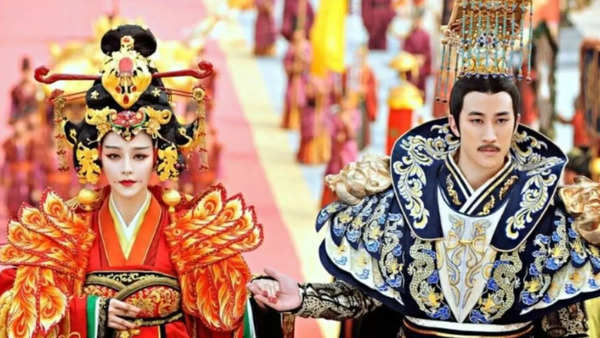
Wu Zetian was born in a wealthy family to a timber merchant in 624 AD in Shanxi province.
Her father was close to Li Yuan, who eventually ascended to become Emperor Gaozong of Tang and this gave her an opportunity to forge close connections with the royal household.
Empress Wu was deeply passionate about literature from a very early age and at the age of 14, she was appointed as a secretary in the Tang Palace, getting an opportunity to work under Emperor Taizong.
Subsequently, the emperor’s death led her to a Buddhist monastery which was a common practice for all the women associated with the emperor during that time.
However her affair with Emperor Gaozong, the deceased emperor’s son and successor, once against brought an unexpected twist in her journey as she once again made her way back to the palace as a concubine.
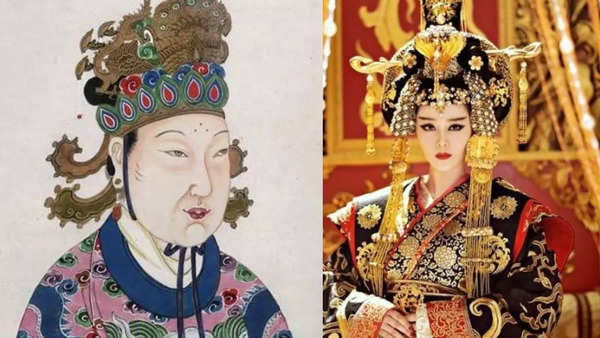
With her cunning and stealthy ways, she soon ousted Empress Wang and ascended to the throne as an empress in the year 655. A major turning point for her was when Emperor Gaozong entrusted the empress with the governance of his empire after his health took a turn for the worse and he started having debilitating migraine-like headaches and vision loss.
Thus, started a historic reign that made her the first and only woman to rule China. Well-educated, visionary, and an excellent public speaker, Empress Wu is credited with a number of welfare measures that also boosted trade like reducing taxation to re-opening of silk road to trade. Truly a pioneer of her times!
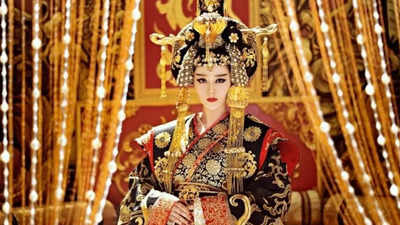



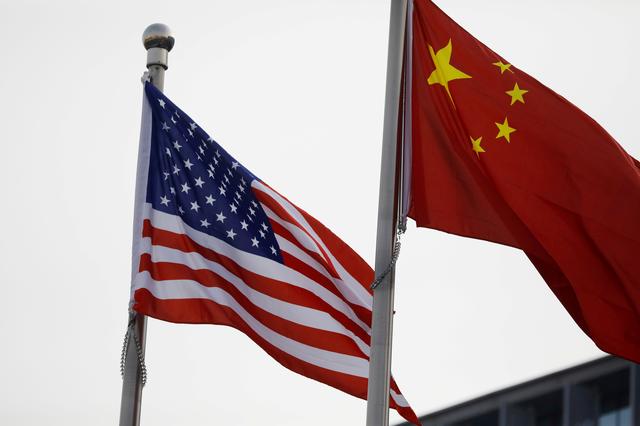


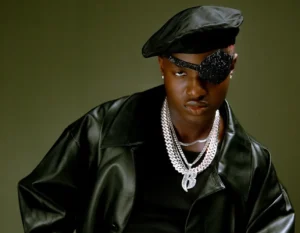







Post Comment